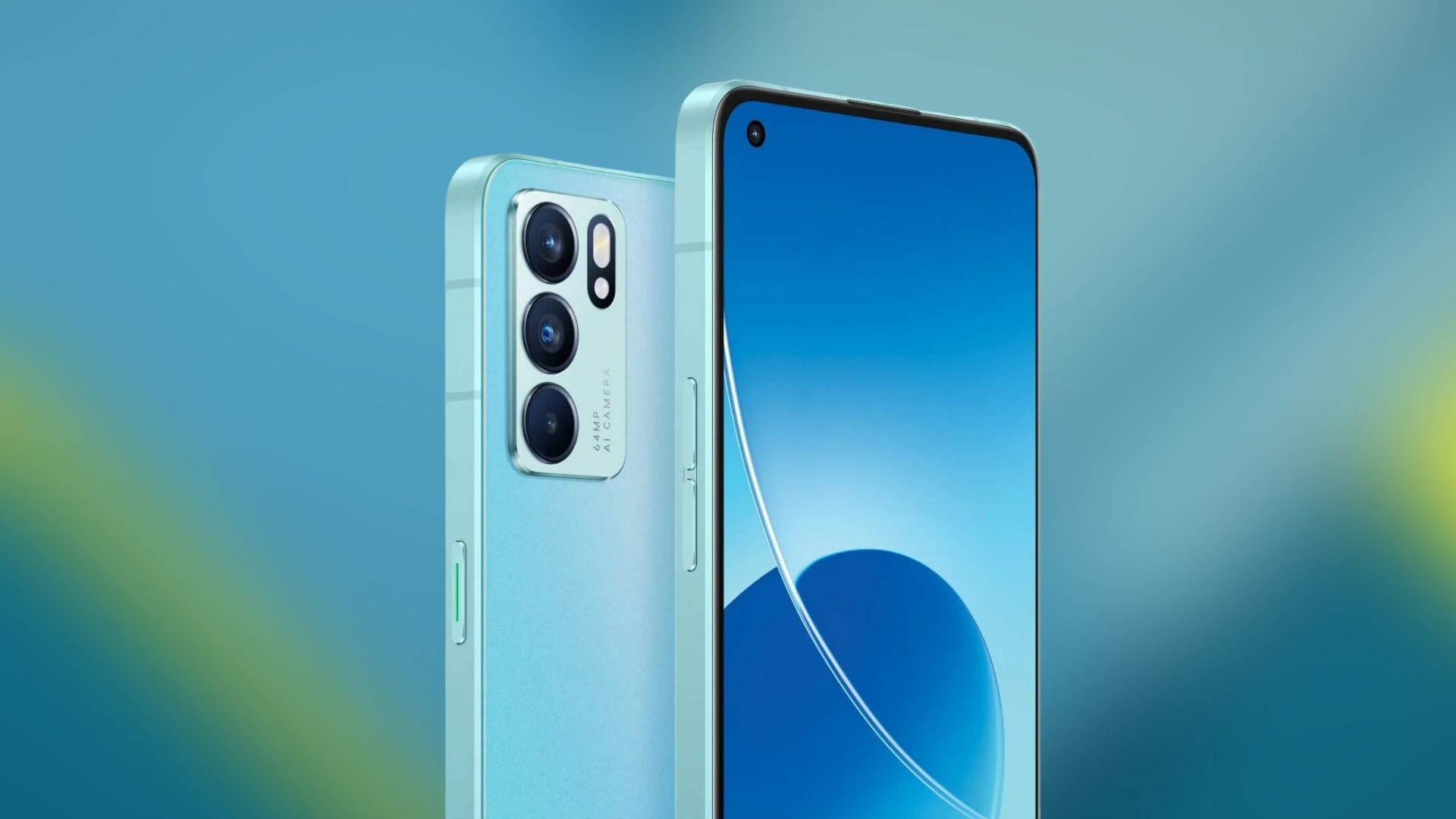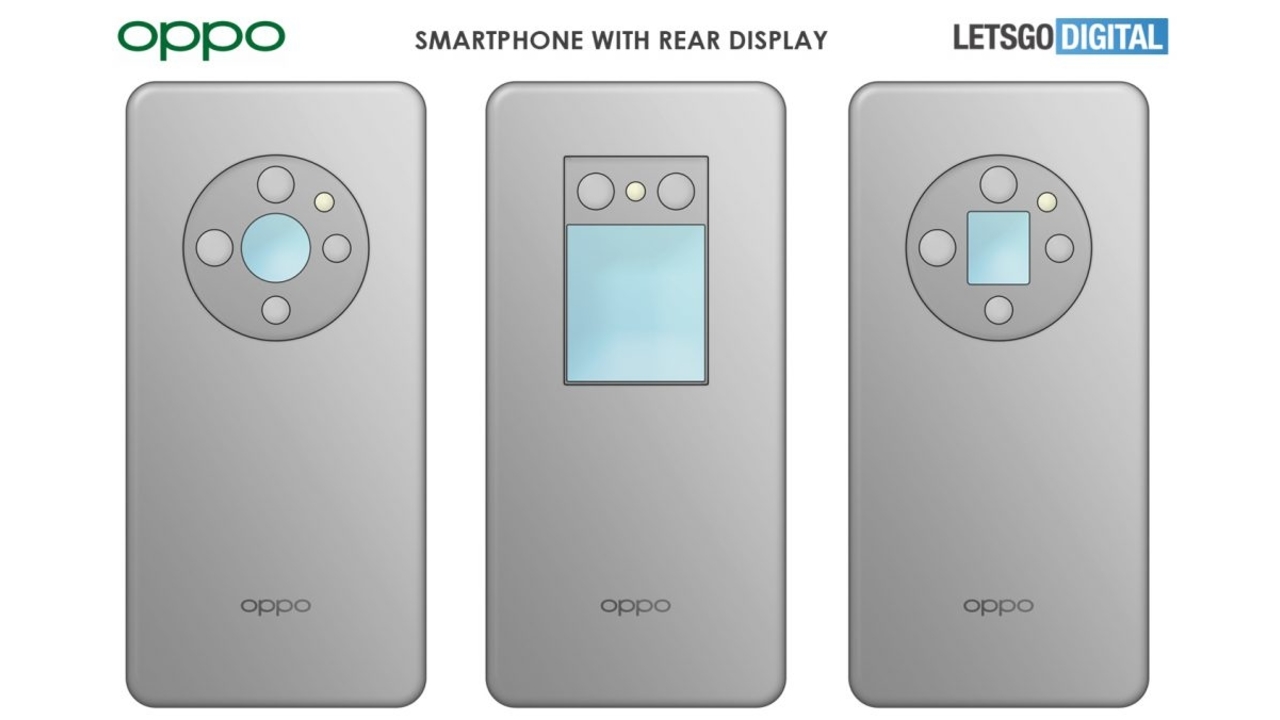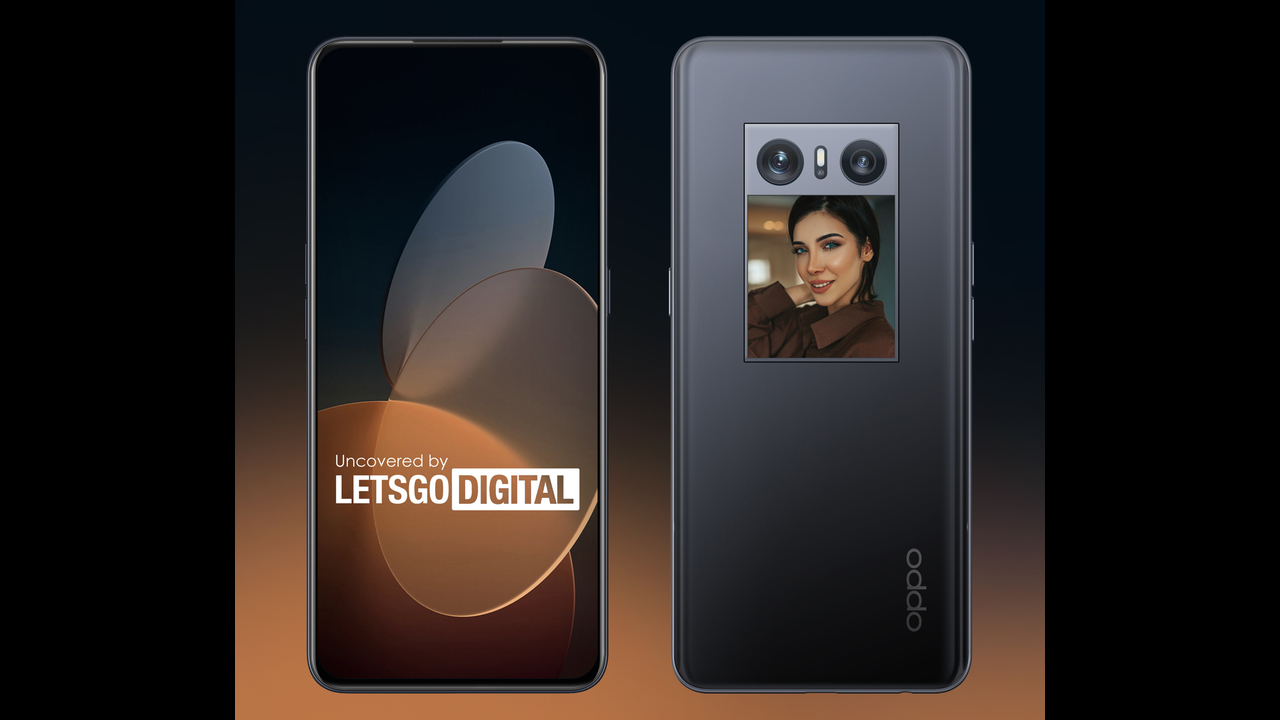Oppo patents three different phone designs with a secondary display
Two is better than one

Until the arrival of phones with foldable displays, smartphone designs were fairly similar. This is why the smartphone makers have been trying to innovate with the smartphone’s screen. We’ve seen phones with a curved display, sliding secondary display and a secondary display at the rear panel as well.
The latter is probably the best way to offer extra screen real estate and has been tried by multiple brands including Vivo, Meizu and very recently Xiaomi with its flagship phone Mi 11 Ultra. Now it looks like another Chinese smartphone maker Oppo want to go this route as well.
Dutch publication LetsGoDigital has reported that Oppo has patented three different smartphone designs with a secondary display. All three designs have a rear-mounted secondary display built right into the camera island of the phone.
- Best smartphones under Rs 30,000 in India
- Best phones under Rs 40,000 in India
- Best phones under Rs 50,000 in India

The first design has a tiny circular secondary display at the centre of a circular rear camera island, while in the second design the same display is squared shaped. The most interesting out of the three designs is the one that has a larger display underneath the camera setup.
The patents filed with the WIPO (World Intellectual Property Organisation) offers the brand a worldwide patent of the design. And as always with patents, there is only a bleak chance that the product will see the light of the day. In this case, the patent could’ve been filed to pre-empt the competition from launching phones with similar designs or functions
Time to utilize the the rear panel

While other brands might have been early adopters, however, Xiaomi’s Mi 11 Ultra was probably the first mass-market device with a secondary display - before being discontinued.
Now there are chances that more smartphone makers will adopt this in the near future. It is obviously beneficial to both the end-user who gets a better selfie camera and a notch-less/cut-out less display on the front, while the OEMs can save on the cost of a front camera altogether.
Sign up for breaking news, reviews, opinion, top tech deals, and more.
That said, a secondary display also means that the device will need a bigger battery and in case the display is as big as the Vivo Nex Dual, the cost of repair increases proportionately.
Hence, finding a perfect balance is the key – which is why we feel that the third design that has a large secondary display seems practical and we might soon see this being implemented in one of the phones from Oppo.
- Smartphone Gaming - what prompted it and where it is headed in 2022
- Tech headlines of 2021 - events that made us sit up and take note
- Tata Nano EV – the perfect family vehicle in 2022?
Want to know about the latest happenings in tech? Follow TechRadar India on Twitter, Facebook and Instagram!

Jitendra has been working in the Internet Industry for the last 7 years now and has written about a wide range of topics including gadgets, smartphones, reviews, games, software, apps, deep tech, AI, and consumer electronics.